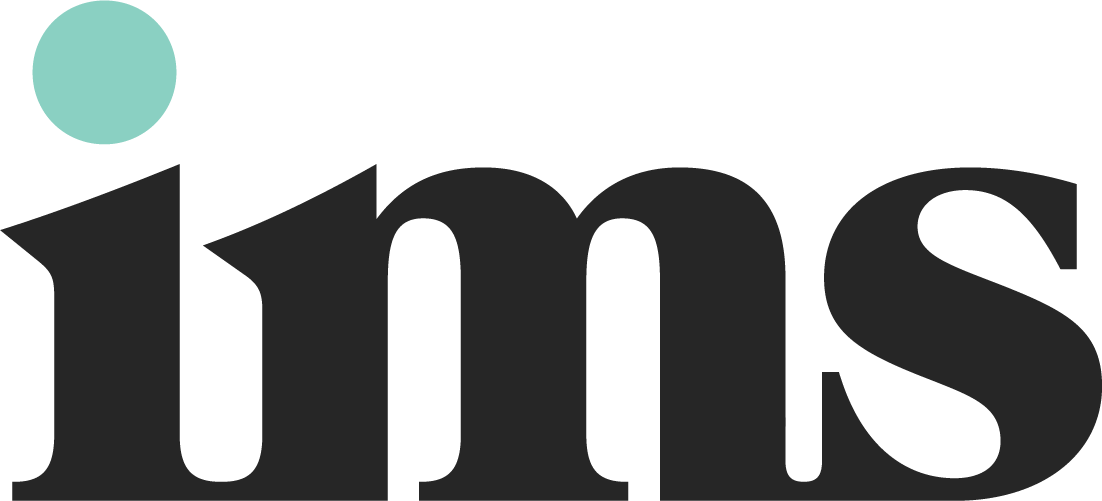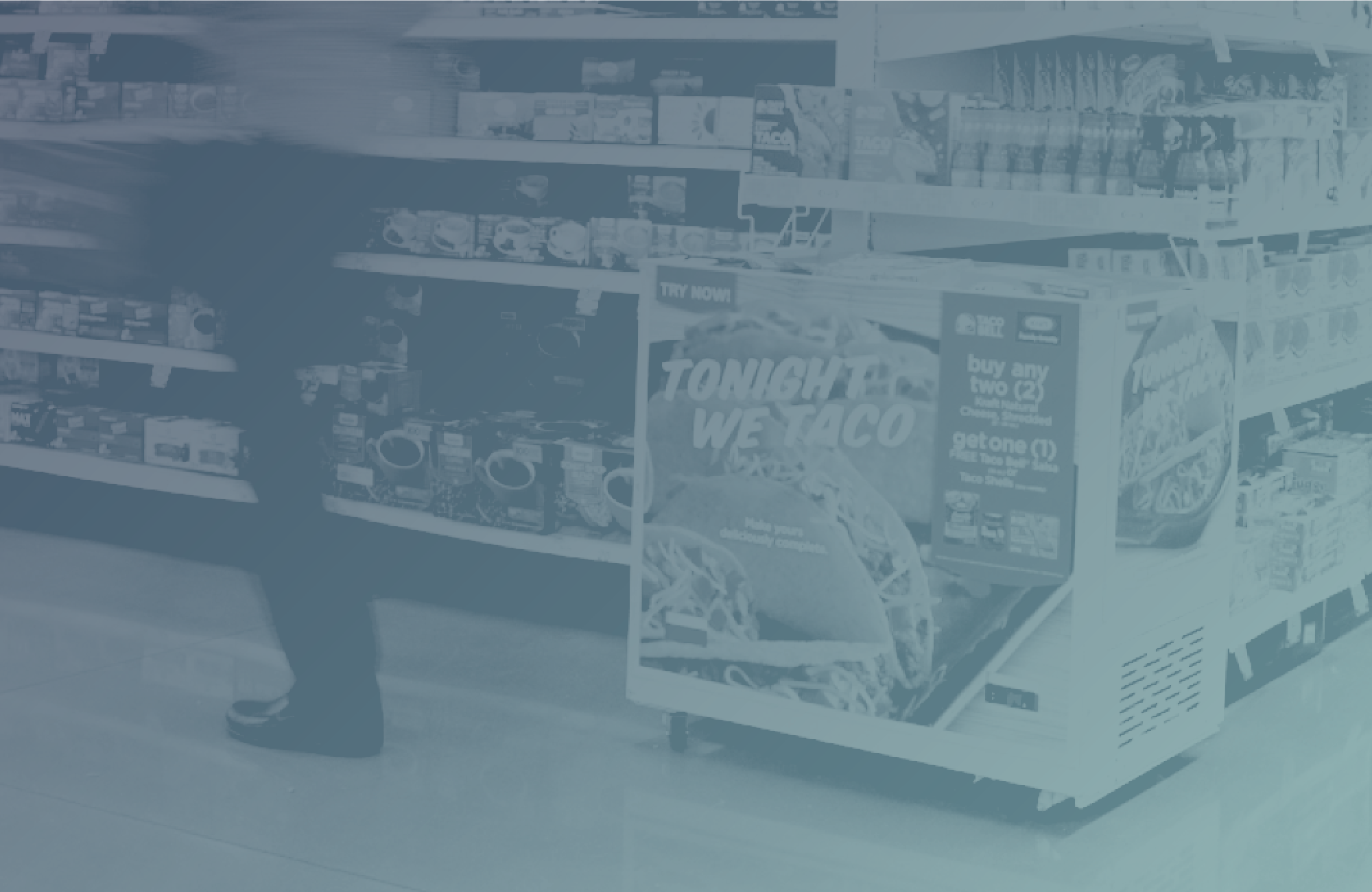The devastating effects of COVID-19 on the supply chain are familiar: Escalating manufacturing and shipping costs, delays at ports, shortages in source material, and more. Although it hasn’t been easy, our industry has weathered the last two years with perseverance and creativity.
Even against such turbulent headwinds, IMS has done its best to help identify and execute cost mitigation strategies for its customers to make sure the disruptions in the supply chain don’t mean disruptions in business growth or customer satisfaction.
But don’t be mistaken that the “new normal” of today is here to stay. Current economic indicators suggest that the turbulence of the last two years represents only a first wave and that a potential recession is right around the corner. Look at the data:
- The U.S. gross domestic product slid two quarters in a row this year.
- In late July, the consumer price index (CPI) report revealed year-over-year inflation reaching 9.1%, the highest rate since 1981.
- A Bloomberg survey of economists from last month showed the median probability of a recession over the next 12 months is 47.5%, up from 30% in June.
- Banks and financial service companies like Deloitte and PNC Financial Services, are all predicting a slowdown in 2023, but some say a recession could hit as soon as the final quarter of 2022. The Bank of America is predicting a “mild” recession this year and Wells Fargo has changed its outlook from an economic “soft landing” to a “mild recession” in the first quarter of 2023.
- Unstable geopolitical activity, particularly the Russian invasion of Ukraine, continues to have ripple effects on global trade and the supply chain.
- Consumers themselves are losing confidence; nearly eight in 10 Americans say that current world tensions will plunge the country into a recession.
That’s the bad news. The good news is that, unlike COVID-19, there is time to prepare should a recession become a reality. Getting ahead of potential disruptions is the surest way your marketing procurement process remains uninterrupted. To do so, consider doing the following:
Evaluate insourcing versus outsourcing.
COVID-19 has shown that fixed labor costs of an in-house infrastructure can lock any organization into a bind. Ideally, costs should be variable depending on usage. In this scenario, outsourcing becomes your safest best as you can easily flex resources up or down, especially when cost mitigation is prioritized.
Assess your partnerships.
Is each one creating value? This doesn’t mean you need to announce a new RFP for all your vendors. But you owe it to yourself to start having discussions with alternate providers, exploring ways to consolidate vendors, and, maybe most importantly, making sure the vendors you’re working with are financially sound. A recession is a bad time to discover a key vendor on your supply chain is teetering on bankruptcy.
Optimize production.
Are your production quantities meeting your demand? Because if they aren’t, you’re creating waste that is not just bad for the environment but is costing you. Research shows that between a third and a half of all merchandising materials end up in the dumpster. Not only is that a material loss, but you’re also losing on what you paid to ship, store, pick, and pack those items. Explore data-driven sourcing technology like demand planning and store profiling to help you match your production numbers with your demand to make sure not one dollar goes to waste.
Evaluate the total cost of execution.
Remember that your costs are comprehensive, not siloed. The total cost of executing a campaign means looking at how much you’re spending for inbound and outbound transportation, inventory management, fulfillment, kitting, and more. Just because a vendor on the other side of the country is giving you a deal in printing, how much is shipping from such a remote location? Taking a holistic view of all the costs will help give you a more realistic picture of what you’re spending – and therefore, where you can find efficiencies, too.
IMS helps organizations with fit-for-purpose solutions that are tailored for efficiency at the lowest possible spend. Because we consider ourselves partners in the success of our clients, we are always seeking new and better ways to deliver without sacrificing cost.
No one can predict the future. But taking a closer look at high-impact aspects of your merchandising supply chain organization is a healthy bet against being caught unprepared when it’s too late.

Article Author: DAVE O’GRADY
Dave O’Grady is a 20+ year veteran of IMS and has significant experience in optimizing marketing supply chains across a wide portfolio of IMS’ blue-chip clients, including Diageo, PepsiCo, Walgreens, Constellations, Remy Cointreau, Proximo, ExxonMobil, and Circle K.


